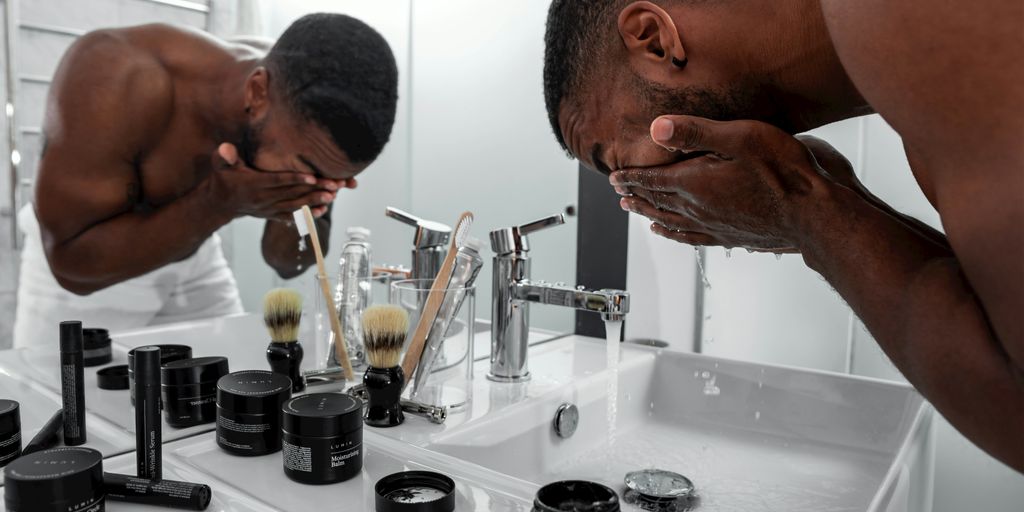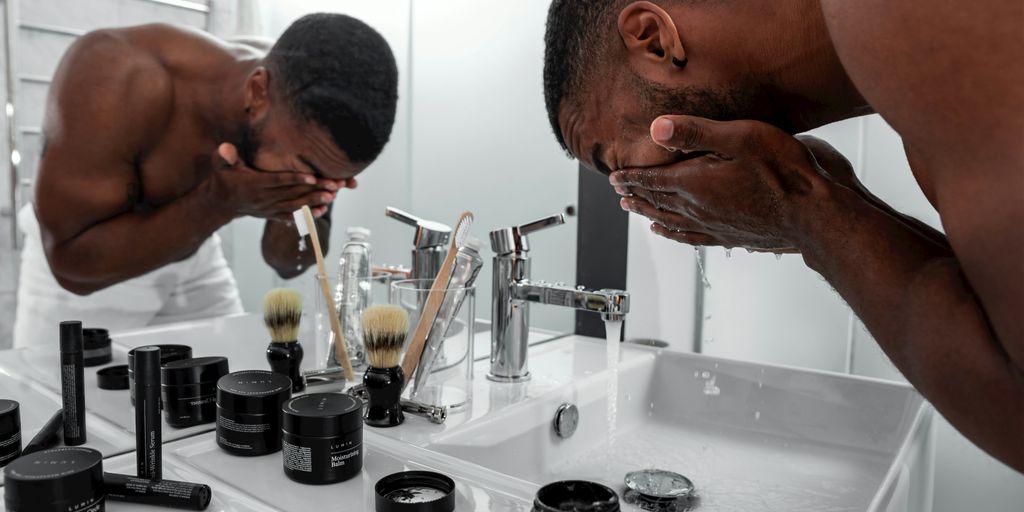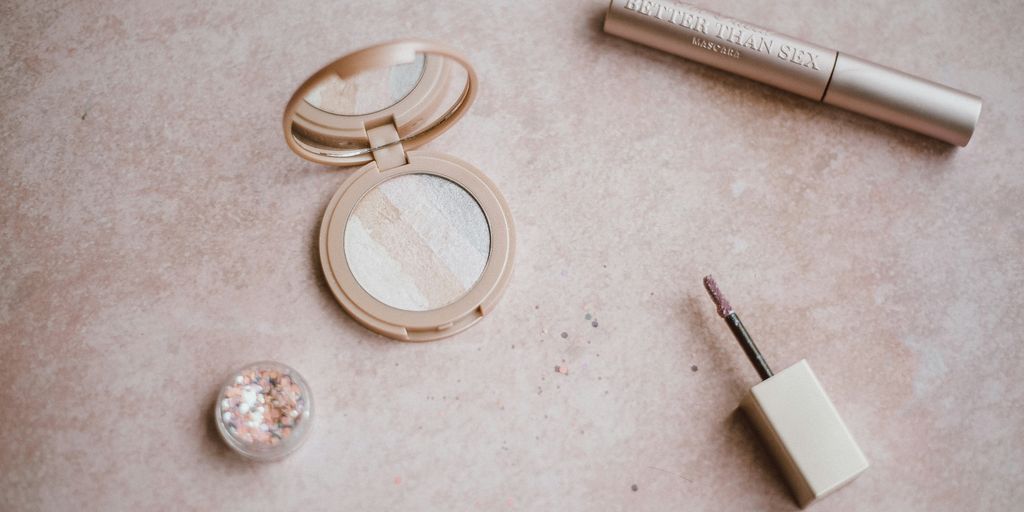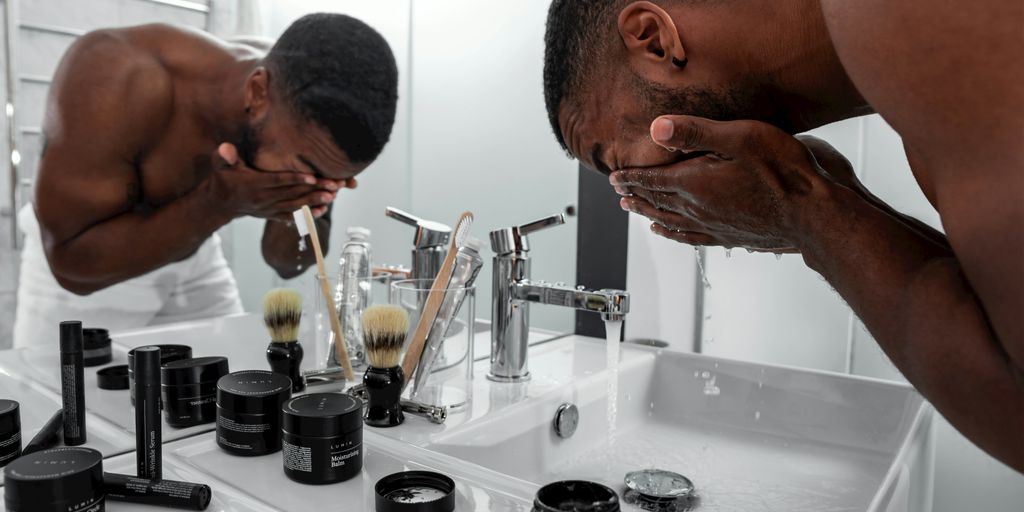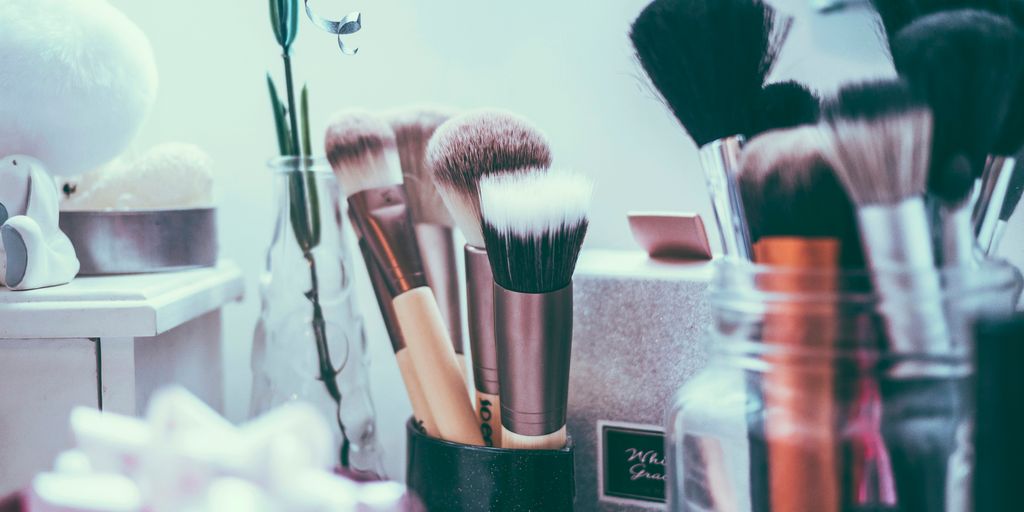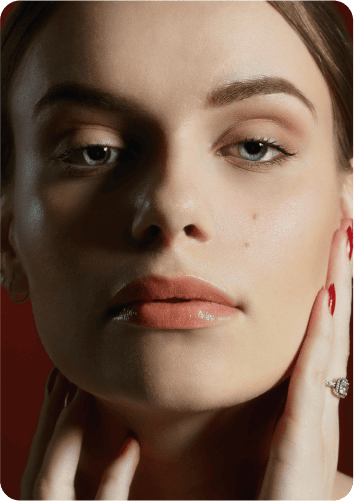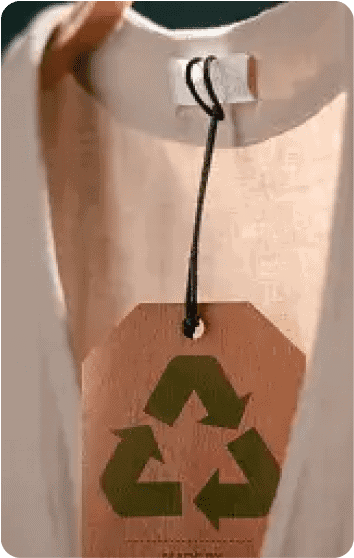If you’re curious about whether Caudalie is cruelty-free, you’re in the right spot. This article digs into their animal testing policies, parent company practices, certification status, and more. With so much information out there, it’s important to get the facts straight. Let’s unravel the truth about Caudalie’s commitment to cruelty-free beauty in 2025.
Key Takeaways
- Caudalie claims to be cruelty-free but may allow animal testing where required by law, like in China.
- The brand is not owned by a parent company that conducts animal testing, which is a plus for some consumers.
- Caudalie lacks any official cruelty-free certification from recognized organizations like PETA or Leaping Bunny.
- They sell products in regions where animal testing laws are enforced, raising concerns for strict cruelty-free advocates.
- While Caudalie focuses on clean beauty and sustainability, their animal testing policy complicates their cruelty-free status.
Understanding Caudalie’s Animal Testing Policy

It’s important to really understand where Caudalie stands on animal testing. It’s not always a simple yes or no answer, and things can get a little complicated depending on where they’re selling their products. Let’s break it down.
Caudalie’s Stance on Animal Testing
Caudalie says they’re against animal testing, which is great. They state that neither their products nor the ingredients they use are tested on animals, at least according to European regulations. They mention using alternative methods, which sounds promising. However, there’s a bit more to the story, especially when it comes to selling in certain countries.
Legal Requirements in Different Markets
This is where it gets tricky. Some countries, like China, have historically required animal testing for certain cosmetics sold there. So, even if Caudalie is against it, they might have to comply with these regulations to sell in those markets.
It’s a tough situation for brands that want to be cruelty-free but also want to reach a wider audience. Balancing those two goals can be a real challenge.
Commitment to Alternative Testing Methods
Caudalie says they’re committed to finding other ways to test their products, which is a good sign. It shows they’re at least trying to move away from animal testing. They also mention funding the IIVS association, which is working to get the Chinese government to use alternative testing methods. Here’s a quick look at some common alternative testing methods:
- In vitro testing (testing in test tubes or petri dishes)
- Computer modeling
- Using human volunteers
Caudalie’s Parent Company and Its Impact
It’s important to consider the broader corporate structure when evaluating a brand’s ethics. Caudalie, while having its own practices, is influenced by its parent company. This section explores how that relationship affects Caudalie’s cruelty-free status and what it means for consumers.
Ownership Structure of Caudalie
Caudalie was founded by Mathilde and Bertrand Thomas and remains a privately held company. However, understanding any external investment or major partnerships is key to assessing potential influences on their policies. Knowing who owns a company can give you a better idea of their values and priorities.
Parent Company Testing Practices
Even though Caudalie might have specific cruelty-free commitments, the practices of its parent company (if applicable) can still be a concern. If the parent company engages in animal testing for other brands or in different markets, it can create an ethical dilemma for consumers. It’s worth investigating whether the parent company’s broader policies align with cruelty-free values.
Consumer Choices Regarding Parent Companies
Ultimately, consumers have the power to make informed decisions based on their values. Some people might choose to support brands with cruelty-free policies, even if their parent company isn’t fully cruelty-free. Others might opt to boycott companies associated with animal testing altogether. Here are some things to consider:
- Research the parent company’s overall ethical stance.
- Consider whether the brand’s cruelty-free commitment is strong enough.
- Decide what level of corporate association you’re comfortable with.
Choosing brands that align with your values is a personal decision. Understanding the relationship between a brand and its parent company is a key part of making that choice.
Certification Status of Caudalie
Lack of Cruelty-Free Certification
So, does Caudalie have any of those official cruelty-free stamps? The truth is, not really. You won’t find them sporting certifications from groups like Leaping Bunny or PETA. This doesn’t automatically mean they aren’t cruelty-free, but it does mean you have to dig a little deeper to understand their practices. It’s a bit of a bummer, I know. It would be so much easier if they just had that little bunny logo, right?
Importance of Certification
Why does certification even matter? Well, these certifications act like a guarantee. They show that a third party has checked out the brand’s policies and confirmed they meet certain cruelty-free standards. It gives us, as consumers, some peace of mind. Without it, we’re relying on the brand’s word, and sometimes that’s not enough. It’s like trusting a friend who says they’re good at baking, versus seeing them win a baking competition. Big difference!
Alternative Indicators of Ethical Practices
Okay, so they don’t have the official certifications. What else can we look at? Well, we can check out their ingredient sourcing, their transparency about animal testing (even if it’s required by law in some regions), and their overall commitment to sustainability.
Here’s a few things to consider:
- Do they use mostly natural ingredients?
- Are they open about their practices in countries like China?
- Do they have any other ethical or environmental initiatives?
Even without official certification, a brand can still be making an effort to be ethical. It’s about looking at the whole picture and deciding if their values align with yours. It’s not always black and white, and sometimes you have to do a little detective work!
Distribution in Regions with Animal Testing Laws
Sales in China and Its Implications
Okay, so Caudalie sells its stuff in China. What does that really mean when we’re talking about animal testing? Well, it’s complicated. China has historically required animal testing for many imported cosmetics. This has been a major sticking point for cruelty-free brands wanting to tap into the huge Chinese market.
Understanding Random Animal Testing
Even with some progress in Chinese regulations, there’s still a risk of random post-market animal testing. Basically, even if Caudalie avoids pre-market testing, Chinese authorities could still pull products off the shelves and test them. Caudalie says they’re against this and are working to promote alternative testing methods, which is good, but it doesn’t eliminate the risk completely.
It’s a tough situation. Brands want access to the Chinese market, but they also want to stay true to their values. The possibility of random testing makes it hard to guarantee cruelty-free status.
Consumer Awareness in Global Markets
Consumers are getting smarter and more aware. People are asking questions about where their products come from and how they’re made. This increased awareness puts pressure on brands like Caudalie to be transparent about their practices in markets with animal testing laws. It also means consumers are more likely to vote with their wallets, choosing brands that align with their ethical values. Here are some things consumers can do:
- Research brands thoroughly.
- Look for cruelty-free certifications.
- Contact brands directly with questions.
Caudalie’s Commitment to Clean Beauty
Caudalie has carved out a space for itself in the beauty world by emphasizing clean practices. It’s more than just a trend for them; it’s a core part of their identity. They’ve been doing this since way back in 1995, when they started using grapeseed, so sustainability is not new to them.
Ingredients and Their Sourcing
Caudalie really focuses on where their ingredients come from. They aim for natural-origin ingredients, and they’re pretty strict about what they don’t include. For example, they’ve banned a bunch of substances like parabens and mineral oils from their products. They try to get at least 95% natural ingredients in their formulas, excluding suncare and fragrances.
Sustainability Practices
Caudalie is trying to reduce its environmental impact. They’ve revamped their packaging to be more eco-friendly, using recycled, recyclable, or refillable materials. They even have a program called 100% Plastic Collect to deal with plastic waste, starting in places like Thailand. They also donate one percent of their sales to environmental causes and have planted millions of trees.
Transparency in Product Formulation
Caudalie tries to be open about what goes into their products. They have their own set of rules, called "Cosm-ethics," which guide their choices. They’ve removed over 70 ingredients that could be harmful or irritating. They aim to be as sustainable as possible, from the formulas to the packaging.
Clean beauty can mean different things to different brands. For Caudalie, it’s about using natural ingredients, avoiding harmful substances, and being environmentally responsible. They’re trying to do their part to make the beauty industry more sustainable.
Exploring Caudalie’s Vegan Status
It’s a good question to ask: is Caudalie vegan? It’s something a lot of us care about more and more when we’re buying beauty products. Let’s take a closer look at where Caudalie stands on this issue.
Definition of Vegan in Cosmetics
So, what does "vegan" even mean when we’re talking about makeup and skincare? Basically, it means that the product doesn’t have any ingredients that come from animals or insects. This includes things like honey, beeswax, lanolin (which comes from sheep’s wool), and carmine (a red dye made from crushed bugs). True vegan cosmetics avoid all of these. It’s not just about animal testing; it’s about what’s actually in the product.
Animal-Derived Ingredients in Caudalie Products
Okay, so here’s the deal with Caudalie. Caudalie isn’t 100% vegan. They say most of their stuff doesn’t have animal-derived ingredients, which is great. However, they do use some beehive products like honey and beeswax in certain items. For example, their lip conditioner and some of their scrubs aren’t vegan because of the honey. It’s a bummer, but it’s good to know. If you’re strictly vegan, you’ll need to read the labels carefully.
Consumer Expectations for Vegan Products
These days, a lot of us expect brands to be upfront about their ingredients and whether or not they’re vegan. We want to make informed choices, and we’re looking for brands that align with our values. If a product is labeled "vegan," we expect it to be completely free of animal-derived stuff. Some companies get certified by organizations like Vegan Action or The Vegan Society, which gives consumers extra peace of mind. But even without certification, clear labeling is key.
It’s up to us as consumers to do our homework and check those ingredient lists. Brands are starting to listen, and hopefully, we’ll see more and more truly vegan options in the future.
The Bigger Picture: Cruelty-Free Beauty
The Importance of Cruelty-Free Choices
Choosing cruelty-free products is more than just a trend; it’s a stance against animal suffering. It’s about aligning your values with your purchases and supporting companies that prioritize ethical practices. When you buy cruelty-free, you’re saying no to animal testing and yes to a more compassionate industry. It’s a small change that can make a big difference.
- Reduces animal suffering
- Supports innovation in testing methods
- Encourages ethical business practices
Consumer Influence on Brand Practices
Your wallet speaks volumes. Brands pay attention to what consumers buy. By choosing cruelty-free, you’re sending a clear message that ethical practices matter. This can push other brands to re-evaluate their own testing policies and ingredient sourcing. It’s a powerful way to drive change within the beauty industry.
Every purchase is a vote. When you choose cruelty-free, you’re voting for a world where animals are not harmed for the sake of beauty.
Future of Cruelty-Free Standards
The future of cruelty-free beauty looks promising. With growing consumer awareness and pressure, more brands are adopting ethical practices. Technology is also playing a role, with new and innovative testing methods emerging. The goal is a world where all beauty products are made without harming animals.
Here’s what we can expect:
- Stricter regulations on animal testing globally.
- Increased transparency in supply chains.
- Wider availability of certified cruelty-free products.
When it comes to beauty, choosing cruelty-free products is a big step towards a kinder world. These products are made without harming animals, which is something we can all support. By switching to cruelty-free beauty, you not only help protect animals but also promote a healthier planet. Want to learn more about making the switch? Visit our website for tips and product recommendations!
Final Thoughts on Caudalie’s Cruelty-Free Status
In conclusion, while Caudalie promotes itself as a brand that opposes animal testing, the reality is a bit more complicated. They do sell in markets like China, where animal testing can be mandated. This means they can’t fully claim to be cruelty-free. It’s important for consumers to weigh this information carefully. If supporting brands that are truly cruelty-free is a priority for you, it might be worth exploring other options. However, if you appreciate Caudalie’s commitment to sustainability and clean beauty, you might still find value in their products. Ultimately, the choice is yours, and being informed is the first step.
Frequently Asked Questions
Is Caudalie against animal testing?
Caudalie claims to be against animal testing, but they may have to comply with laws in certain countries that require it.
Is Caudalie owned by a company that tests on animals?
No, Caudalie is not owned by a parent company that conducts animal testing.
Does Caudalie have a cruelty-free certification?
Caudalie does not have any official cruelty-free certifications from recognized organizations.
Is Caudalie sold in countries that require animal testing?
Yes, Caudalie products are sold in countries like China, where animal testing can be required.
Are Caudalie’s products vegan?
Not all of Caudalie’s products are vegan, as some may contain animal-derived ingredients.
What does clean beauty mean for Caudalie?
Clean beauty for Caudalie means using natural ingredients and avoiding harmful substances in their products.
